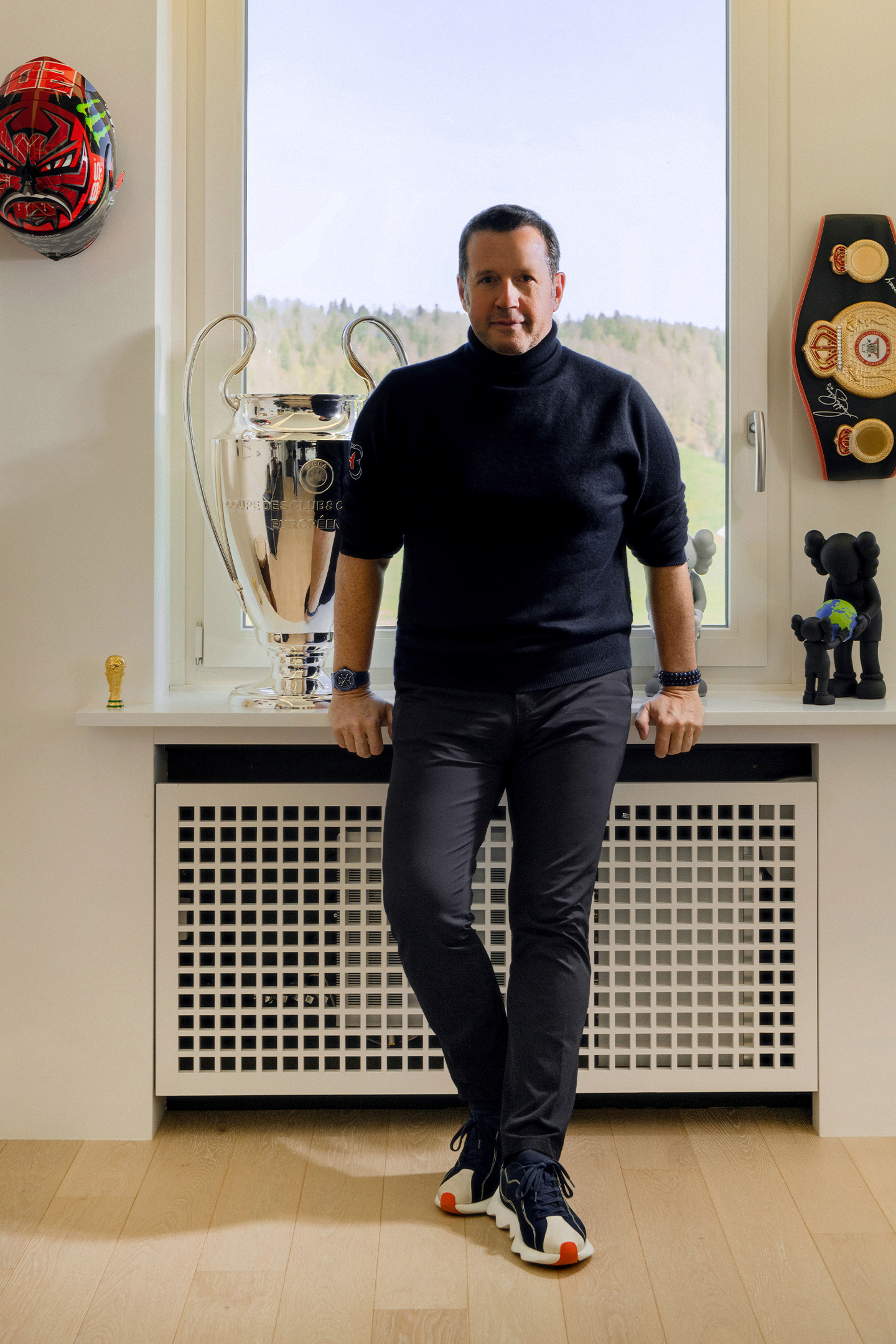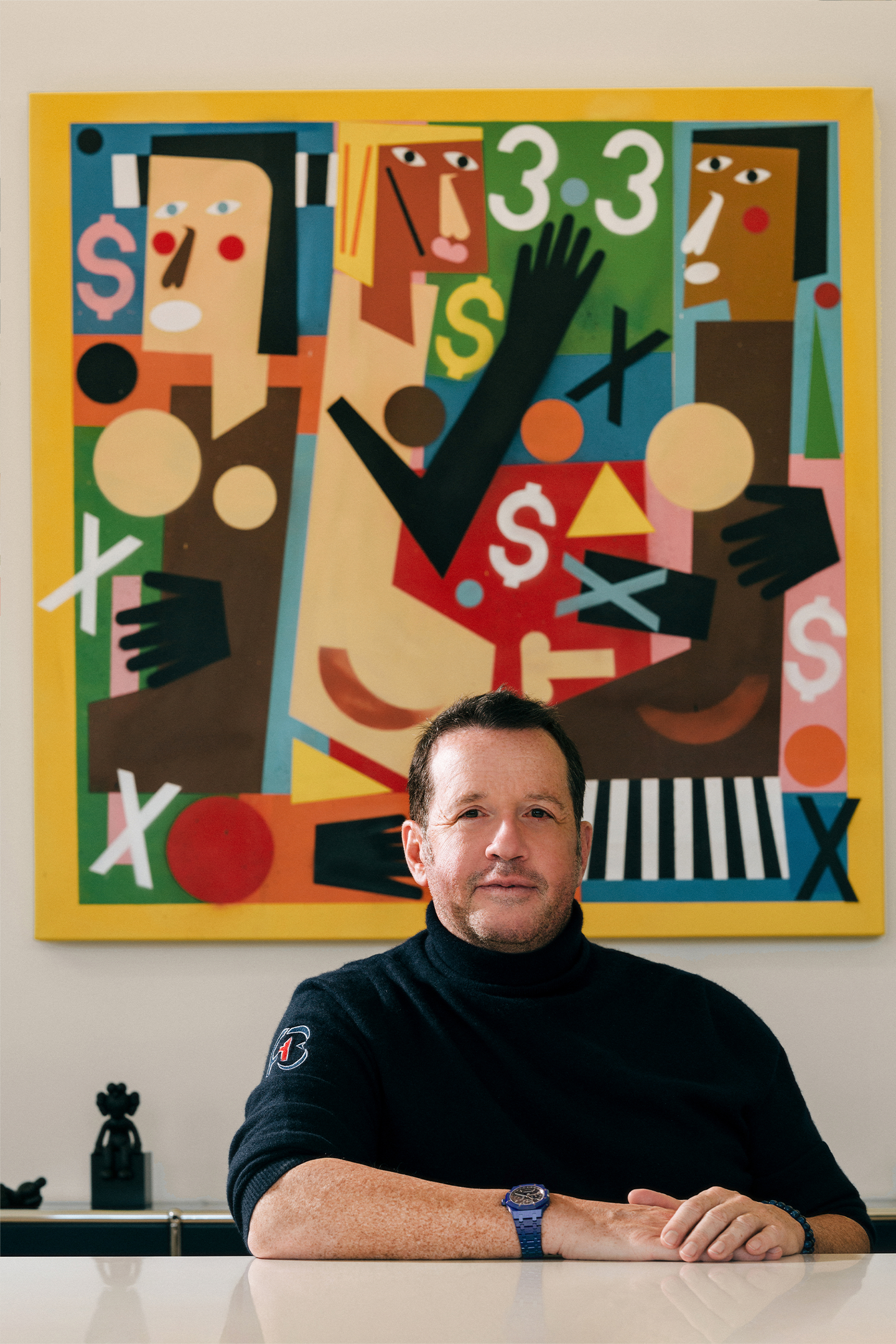
The Swiss haute horlogerie scene always has had a strong focus on heritage, legitimacy, and craftsmanship. Of all the historical watchmaking maisons still standing today, only Audemars Piguet remains still in the hands of its founding families. Founded in 1875 in the cradle of complicated watchmaking that is Vallée de Joux, AP had not only mastered the art of traditional complexity but is today one of the most innovative and forward-looking brands at the pinnacle of horology.
At the helm of this watchmaking powerhouse since 2012 is François-Henry Bennahmias, having led the brand in its impressive transformation from a niche name known only by watch aficionados, to a household luxury name known all around the world. 2023 will see FHB’s departure from the brand, marking the end of a glorious era. We speak with François about his journey, his inspirations, and his legacy.
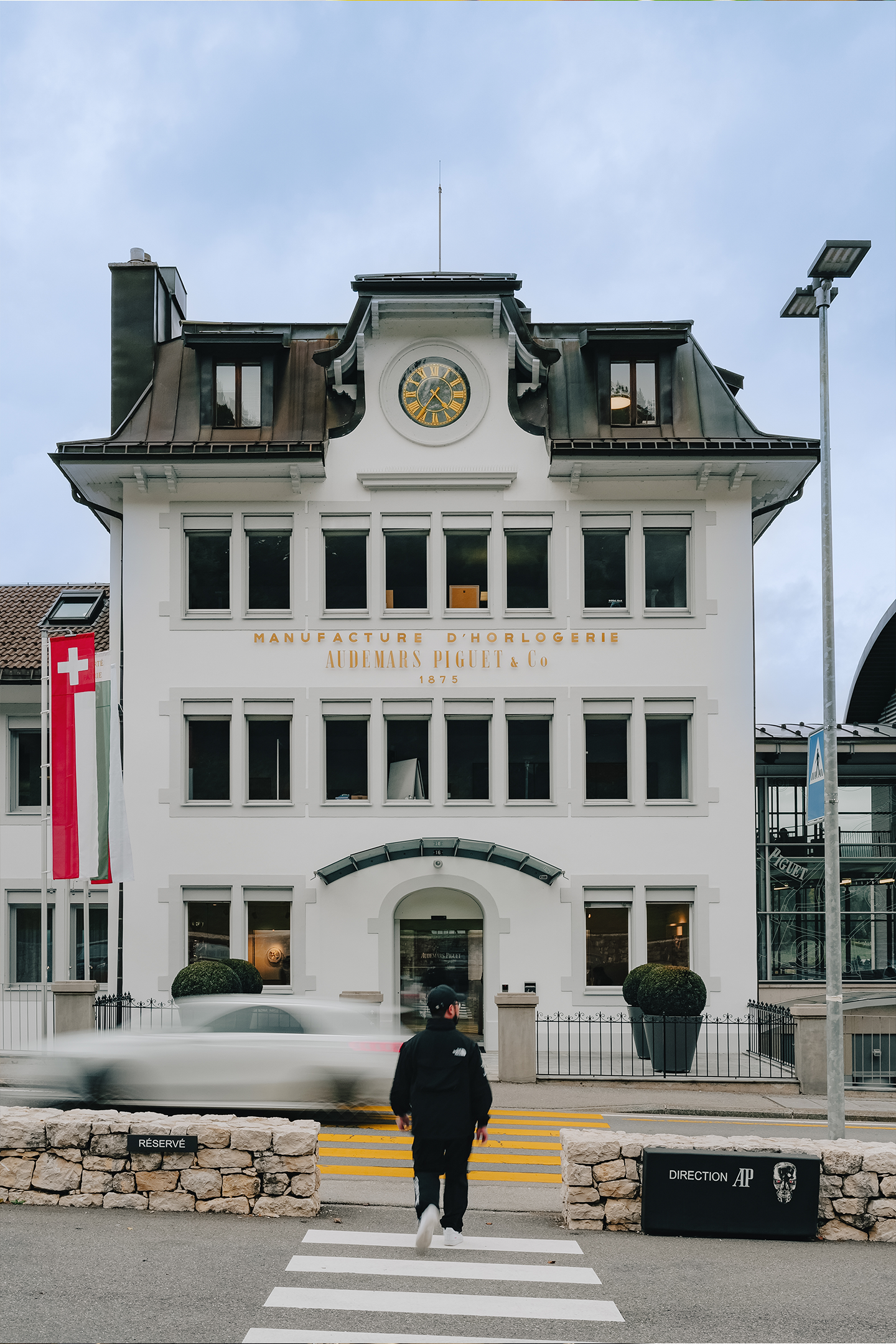
Tom: Describe your journey since you joined AP and how you’ve climbed to the top.
FHB: I joined in 1994 and was in charge of our sales in France. At this point the brand was completely unknown. If we were selling one or two watches per week to a retailer or a client, we were bringing out the champagne! Nobody wanted or even knew about AP at the time, especially in France. When I arrived in Singapore in 1996, it was a slightly different story already. People were more aware of the brand, and we started to grow and develop the business. The scale of the company was drastically different compared to what it is today. The journey was really to build the business one watch at a time, and one client at a time. During those days we were producing 18,000 to 20,000 a year. Today we are at 50,000.
“At that point AP was completely unknown. If we were selling one or two watches per week to a retailer or a client, we were bringing out the champagne!”
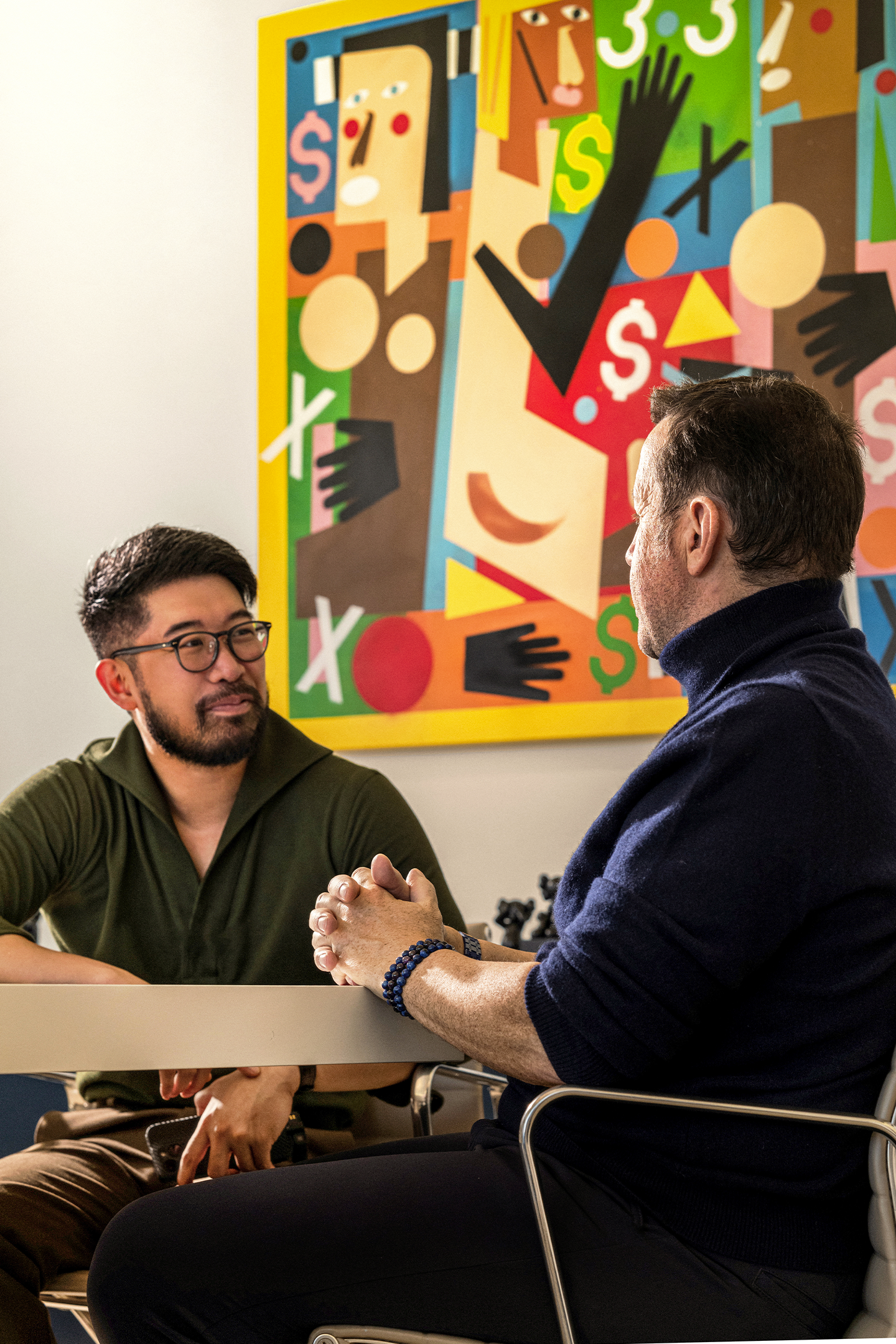
Tom: Being here in Le Brassus really puts things into perspective. I can see that we’re in a small village in Switzerland, that is today home to one of the biggest brands globally. Compared to competing brands that are based out of Geneva, has the secluded nature of Le Brassus been an advantage or disadvantage?
FHB: It has for many years been a disadvantage because nobody was coming here. Nobody even knew about Le Brassus before. It’s a huge advantage today because we made a point of bringing Le Brassus to the world. Since we opened our museum and the hotel, we’ve witnessed a consistently large number of people coming to visit us, and that demographic is getting younger and younger.
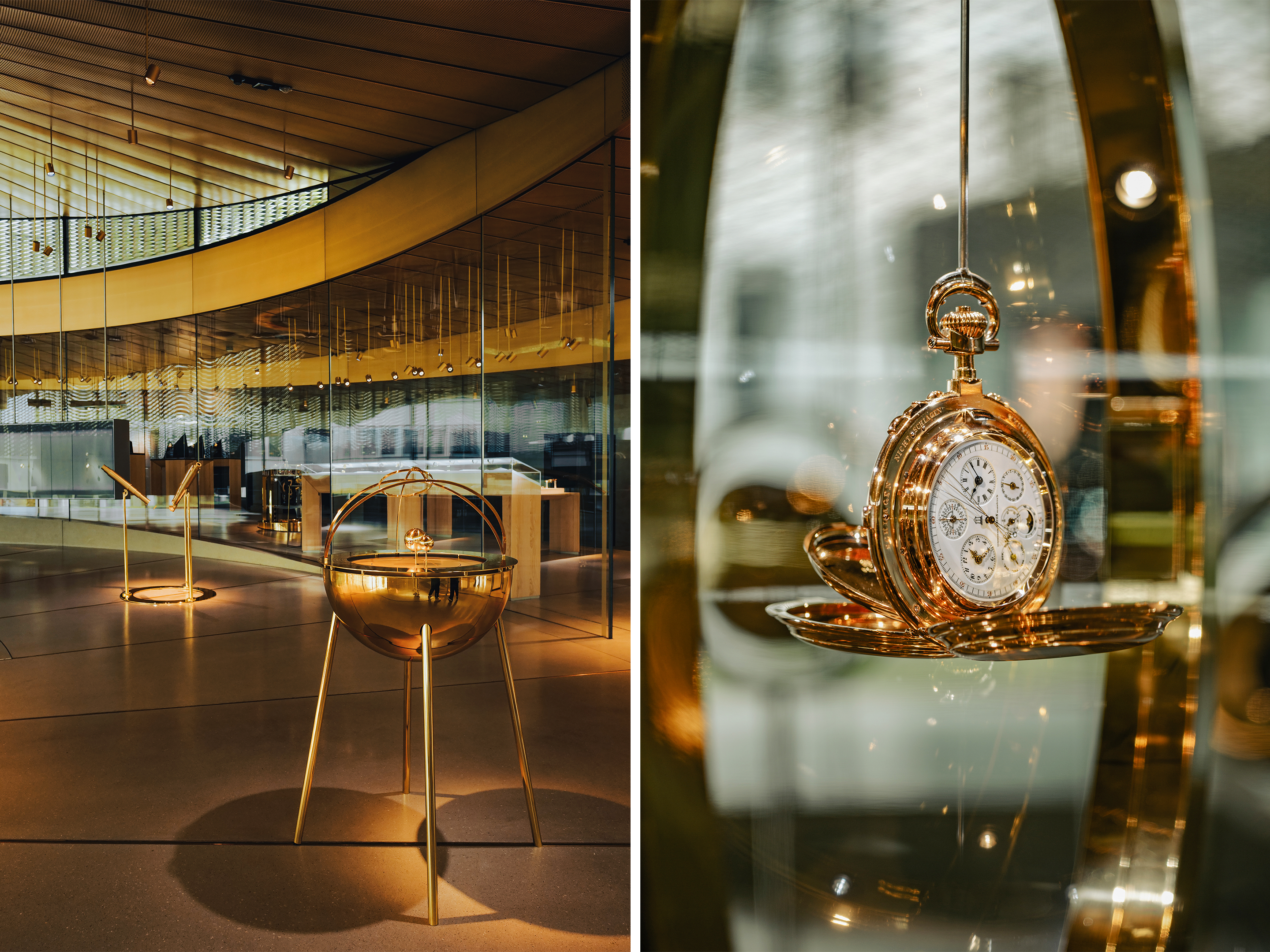
We’re 45 minutes outside of Geneva but as you can see for yourself it’s a whole different world out here and that’s the beauty of it. It’s very secluded, for sure, but at the same time it’s almost unbelievable.”
“When you come to Le Brassus, you travel in time. You get to witness how fine watchmaking was born.”

Tom: Looking at the history of AP and the many distinct chapters, was there a leader from AP’s history that you looked up to?
FHB: Jasmine Audemars. We’ve worked together for 29 years but more closely for the last 11. I’ve got the utmost respect for her. She’s a great lady, very discreet and very humble. You know, she was the editor-in-chief of a newspaper and she ran that business in the most elegant way possible. She’s of course part of the Audemars family but she only joined AP as chairwoman of the board in 1992. Up until she stepped down at the end of last year. I have exchanges with her almost every week and we have that relationship where I can her ask pretty much anything. Not only about AP or work but often also about broader things in life.
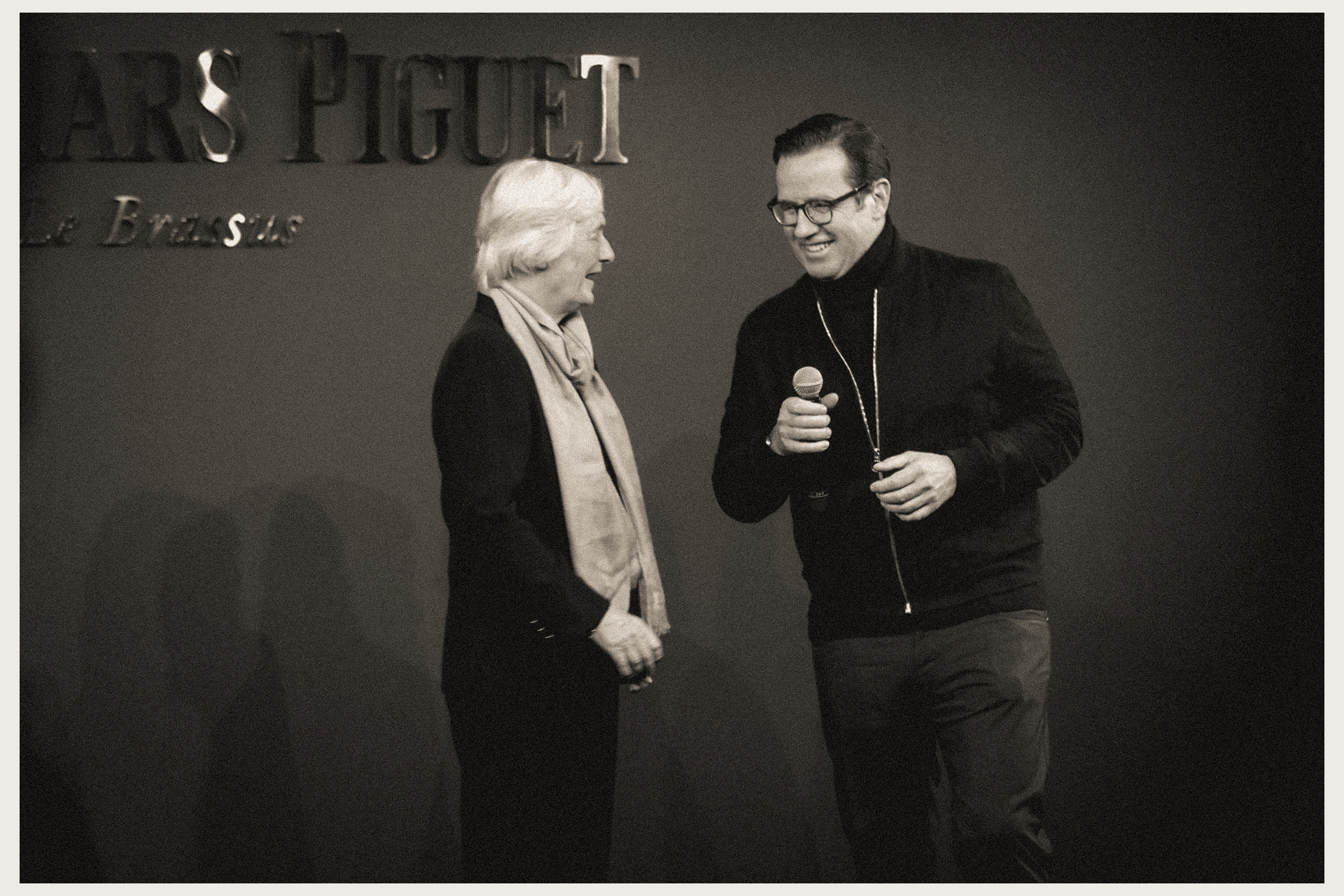
Looking back, when I took over as CEO in 2012 it took me two years to get aligned with the board. They were very protective and careful in terms of what we could do, but someone has to try to push and break boundaries.
Tom: If you had to pick one, what would you say was your greatest achievement at AP?
FHB: The people! It’s not a watch, not a marketing campaign, not one event in particular. When I came to the helm of the company, we had 1200 employees. We’re now 2600, and probably going to end the year with 3000 people.
“Together we’ve weathered the pandemic much better than the competition.”
My biggest achievement is bringing our people together and leading them to the success we’ve had for the last 11 years. We’ve had record year after record year, even through the pandemic. We went down only by 4% when the industry was by 30% or 40%. Together we’ve weathered the pandemic much better than the competition.
Tom: Speaking of the competition, according to independent industry reports, AP had leapfrogged Patek Philippe in terms of revenue. This is interesting because, from a production point of view, the output of AP is still significantly lower. How was that achieved?
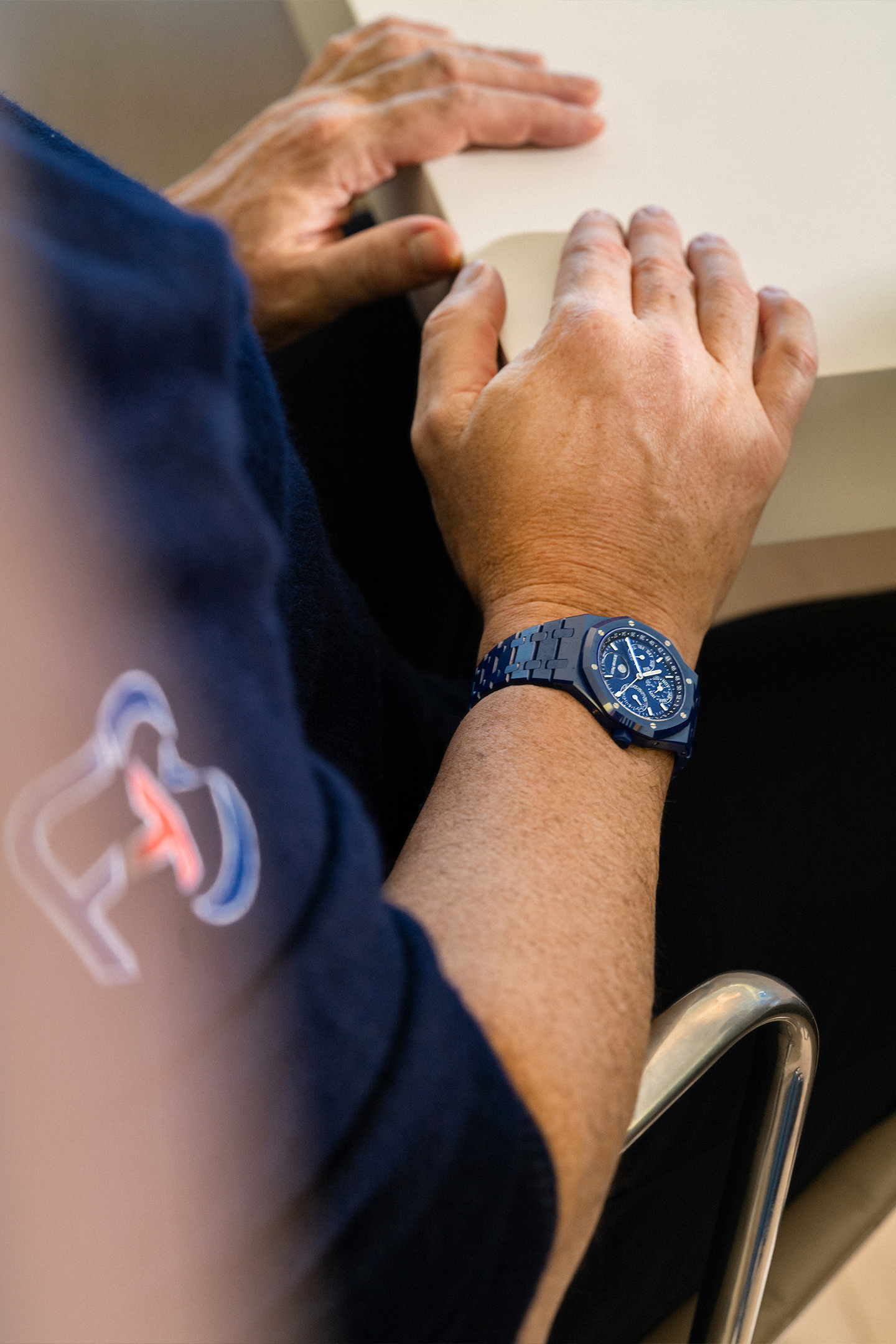
FHB: Indeed we are producing much less in comparison, but the results don’t come as a surprise to us. Because what we’ve done, which they haven’t done yet, is consolidating our retail and distribution network. Even without increasing our production quantity, we’ve taken over the margin that was made previously by retailers. This directly drives the increase in revenue.
Also frankly, I never look at those numbers because it’s not what we focus on. When I took over as CEO, the AP families never placed a growth expectation on me. I had only one mission: that we need to be better 200 years from now. That was the only goal.
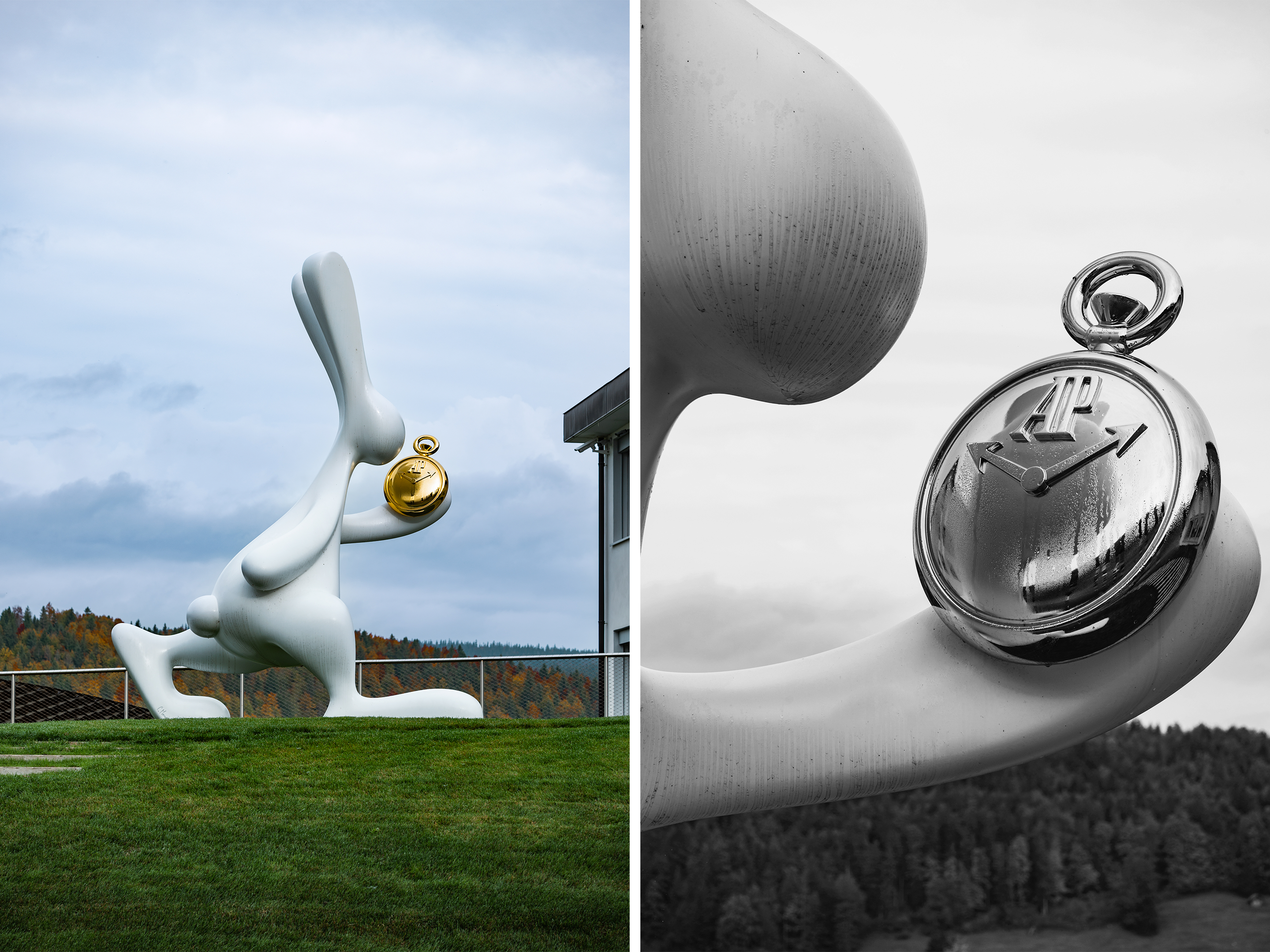
Tom: How would that goal be measured?
FHB: It’s not so much a science, but more the perception. It can’t be measured! It’s people talking, it’s in the auction results, it’s in the prices on the secondary market. It’s a mix of several things that lets us understand that we are improving our brand’s perceived value. Besides that, who decides? We leave that up to our clients, not us.
Tom: Was there an era of AP’s past that inspires you when running the company and developing new products?
FHB: I do look at the past, but only in a way to see what could be done better tomorrow. I’ll use values from the past, and draw inspiration from certain watches before to translate into something for tomorrow.
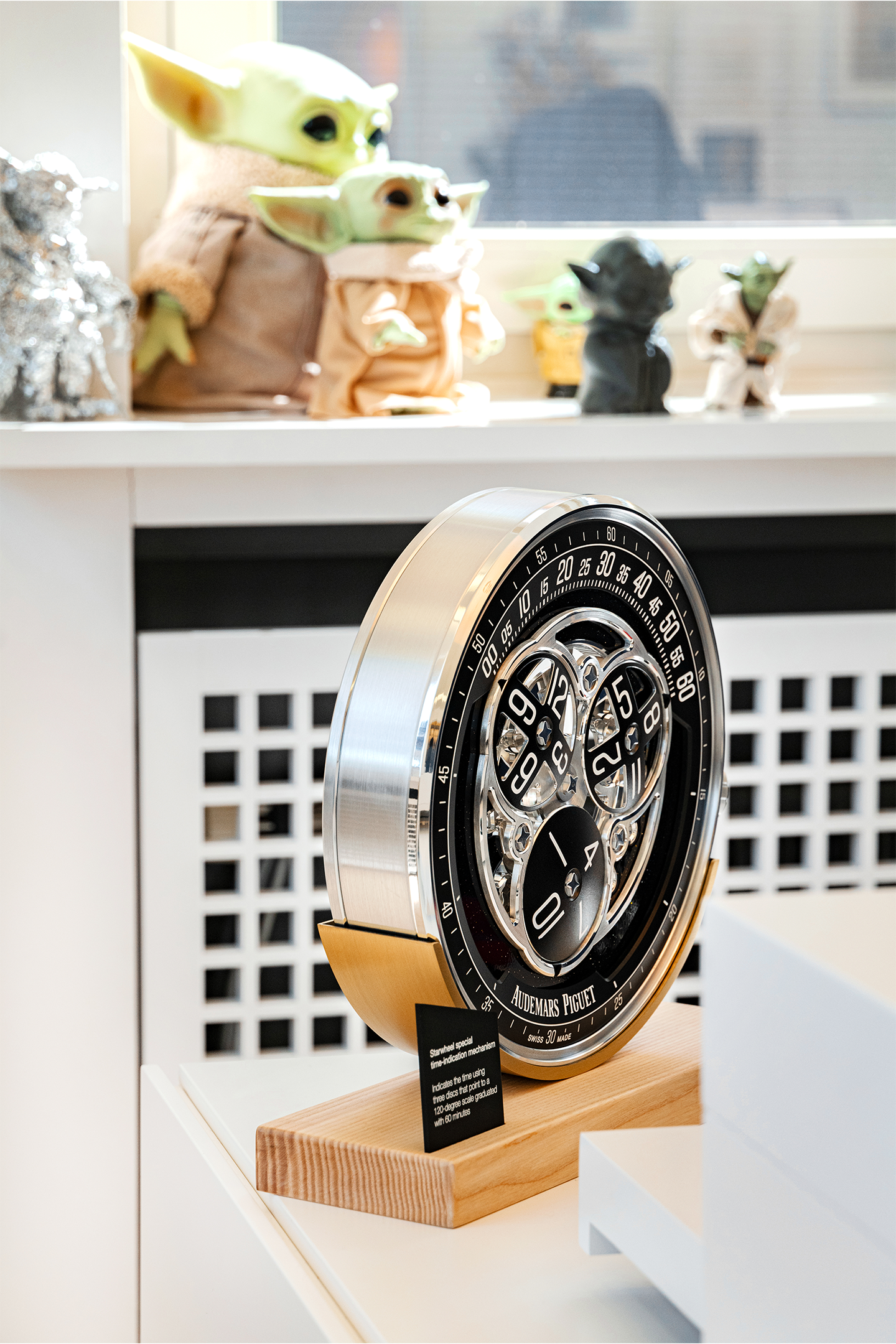
Tom: Was there something that you’ve always wanted to accomplish at AP but didn’t quite get to?
FHB: Yes, the fact that I won’t be able to see through the watches that will come out in the next years. Of course I still have a hand in the upcoming collections, all the way until 2027. We’ve already launched the processes, new movements, and material innovations that will be rolled out in the coming years.
We never get to stand still at AP, it’s an ever-ongoing machine.
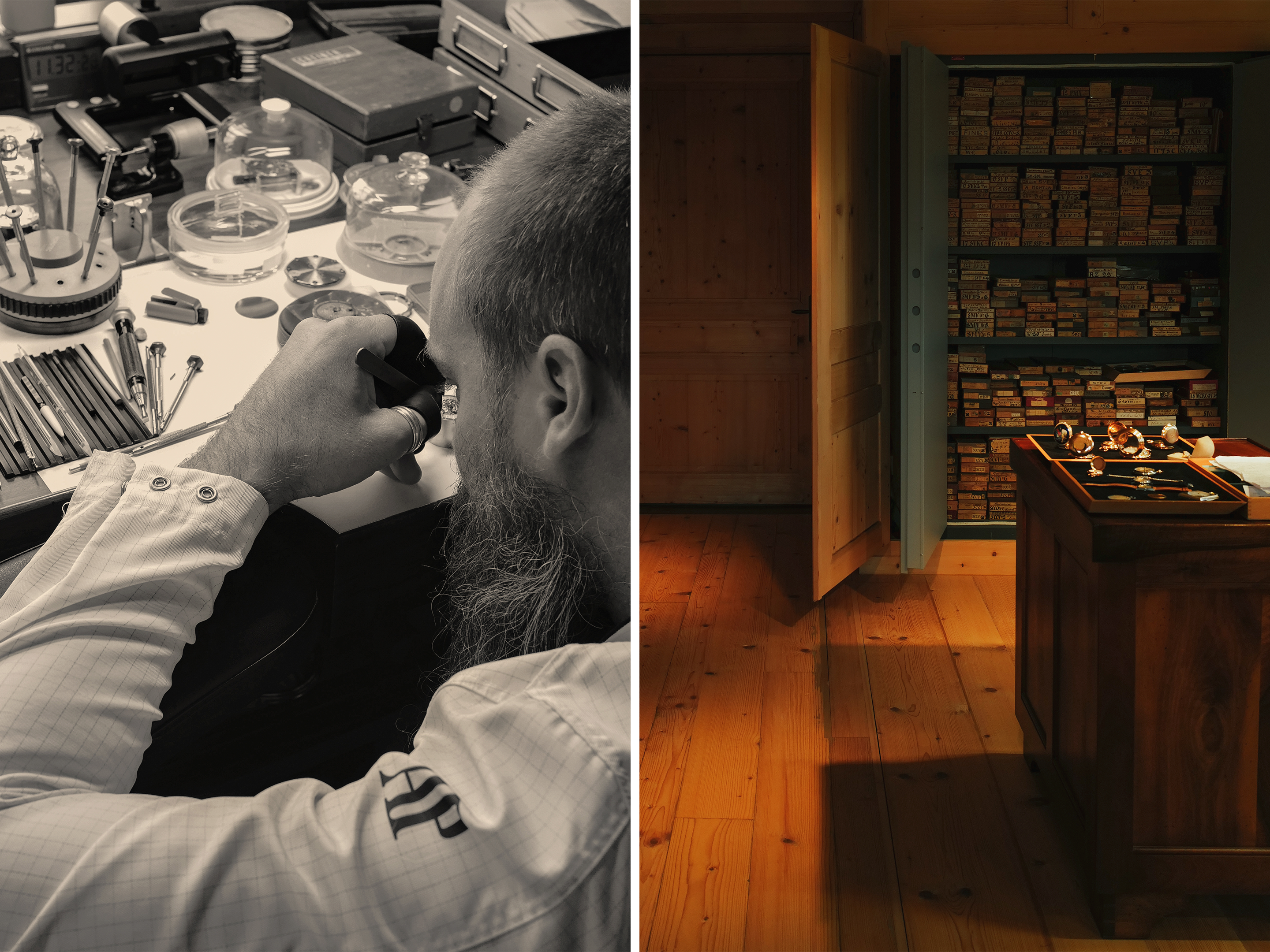
Tom: Many watch enthusiasts are increasingly interested in sustainability and ethical sourcing. How does Audemars Piguet approach these issues, and what steps are the company taking to ensure that its watches are produced in an environmentally responsible and socially conscious manner?
FHB: I’m gonna go back to Jasmine Audemars. When her dad told her that she would become the new Chairwoman of the board, she told him she would have to think about it and she thought for a year. When she finally agreed, she said she also wanted to start a foundation for the environment. In 1992! When no one was even using the word “green”, she already had a vision. Because of where we came from, she knew that sustainability would be important.
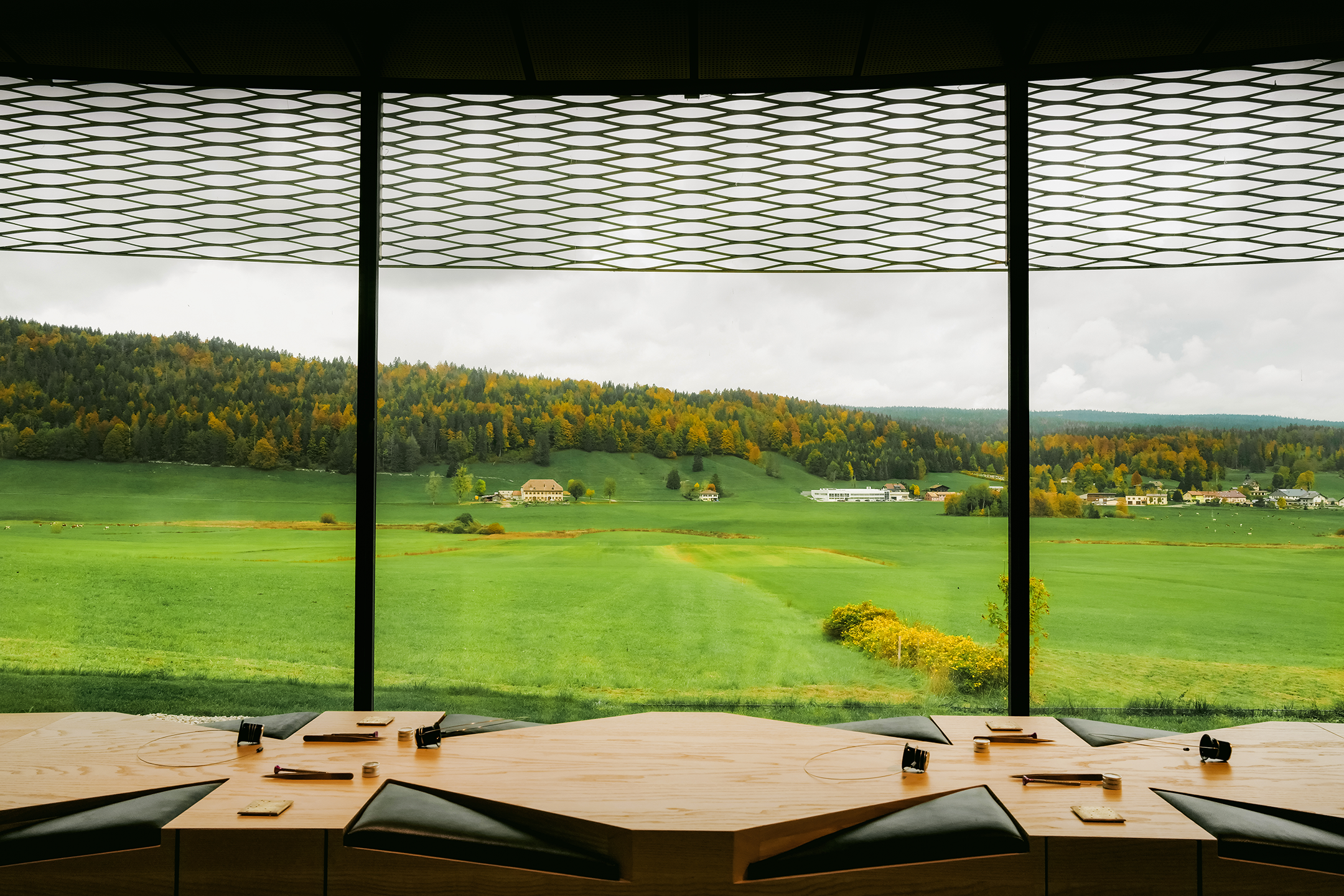
She was a visionary in that respect. This became the start of the Royal Oak Foundation. Today everything we do even outside of production; the museum, the hotel, and even the new production facility we’re constructing, are to the highest standards of sustainability.
Tom: Contrary to the reactions from the initial launch, CODE 11:59 has evolved into a great new canvas to reduce the dependence on the Royal Oak and its derivatives. Can we expect AP to continue this trajectory to further reduce the dependence on the octagonal icons?
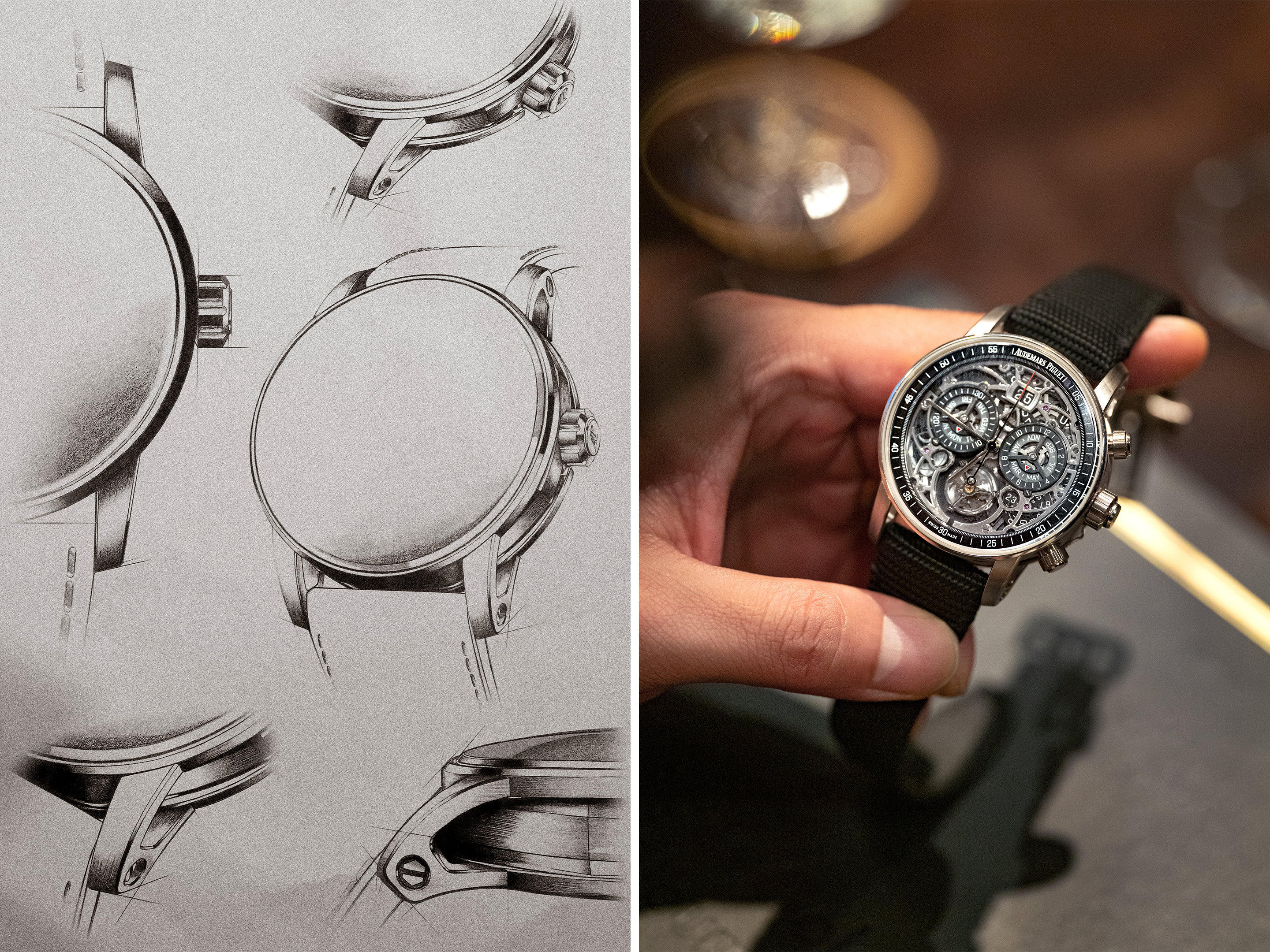
FHB: We don’t want to reduce the Royal Oak because that would be going backwards which doesn’t make any sense. What I can say is this: going forward, any increase in production will be focused on CODE 11:59…or other lines.
Tom: and by other lines you mean…?
FHB: If I tell you, you’ll end up dead in the forest so be very careful what you wish for, haha.
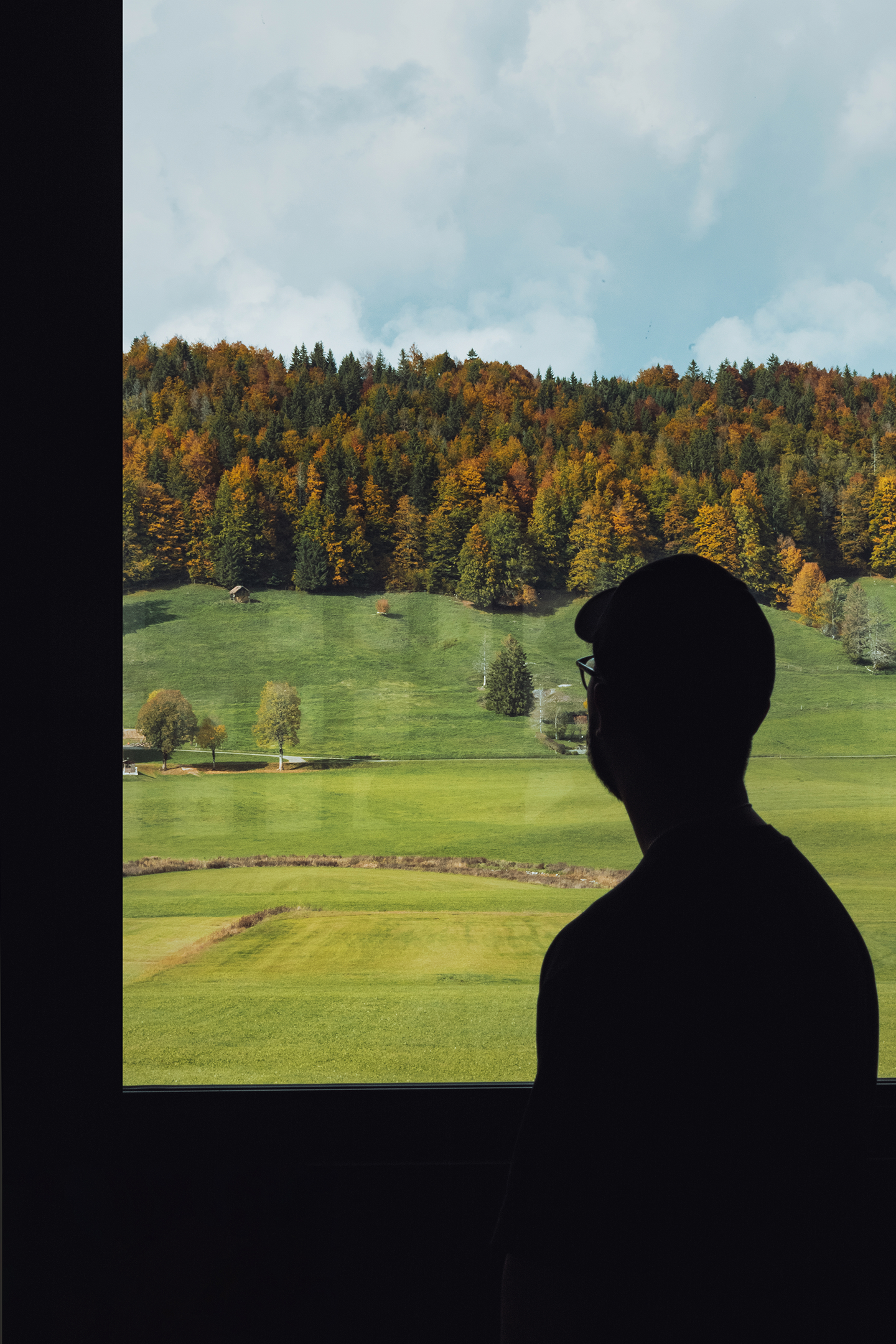
Tom: Do you think the CODE 11:59 line has the potential to become as iconic as the Royal Oak and the Offshore?
FHB: Yes, I do believe it does. In the coming years, you’ll see a lot of iterations and a lot of improvements. I do believe that 20 years from now, the CODE 11:59 will be looked back on and remembered as an industry breakthrough. In fact, in many ways CODE 11:59 shares many similarities with the Royal Oak and the Offshore. If we had social media in 1972 when the Royal Oak came out it would have been destroyed the very same way. Same thing with the Offshore in 1993. Looking back, they are without doubt some of the most innovative and progressive designs. As you said, they’re icons!
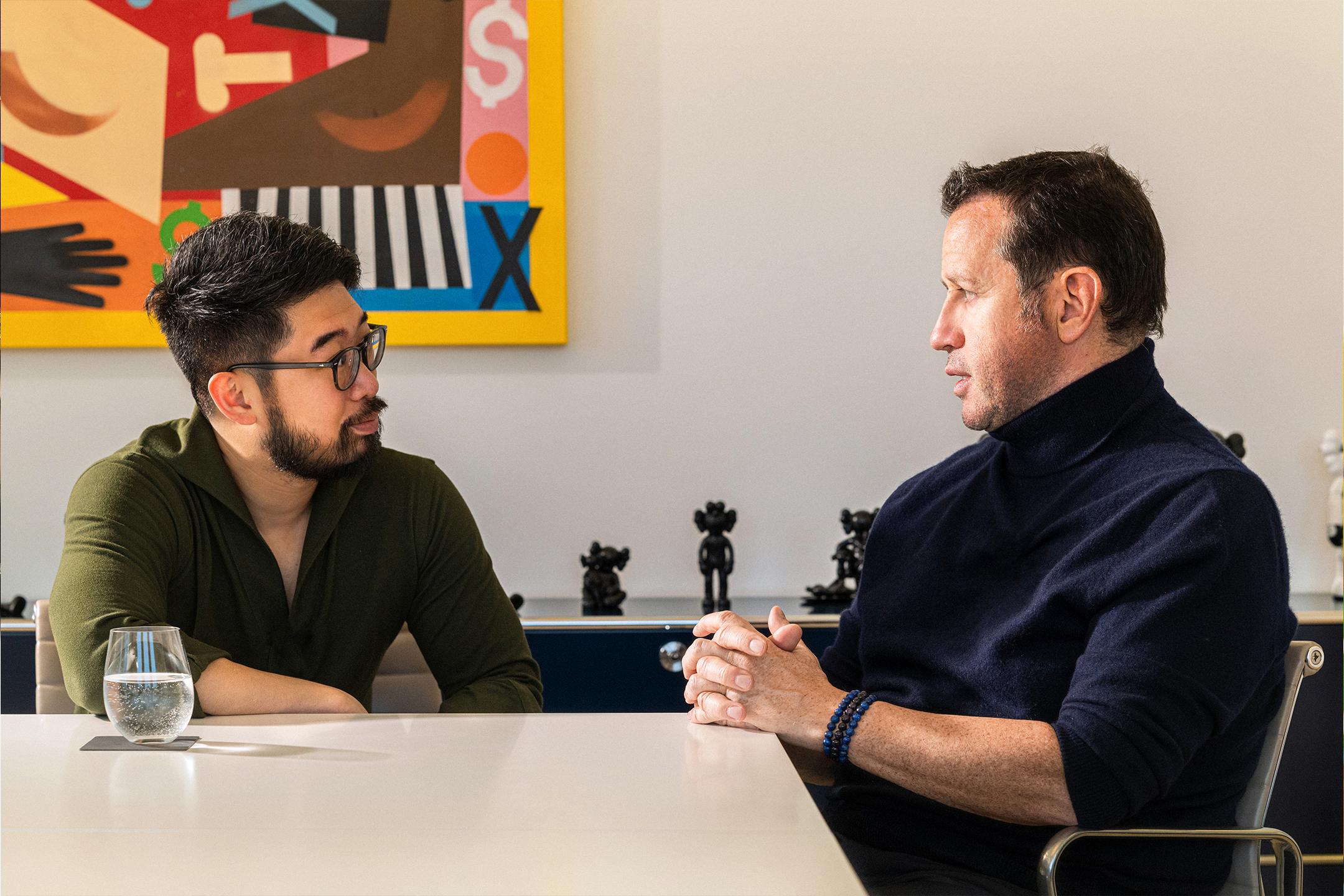
In today’s world of social media, when you launch something innovative and progressive, you will have people in favour and people against it. That’s just the world we live in. If we focus too much on this, we will never go anywhere.
AP has been in business since 1875. Is every single watch we’ve ever made perfect? No! Are we still more than alive? Almost 150 years later? Yes! So I think we’re doing pretty good.
Tom: What is one piece of advice you have for your successor?
FHB: If I can say only one thing to my successor, it would be to spend time with people who do, not with people who talk.
